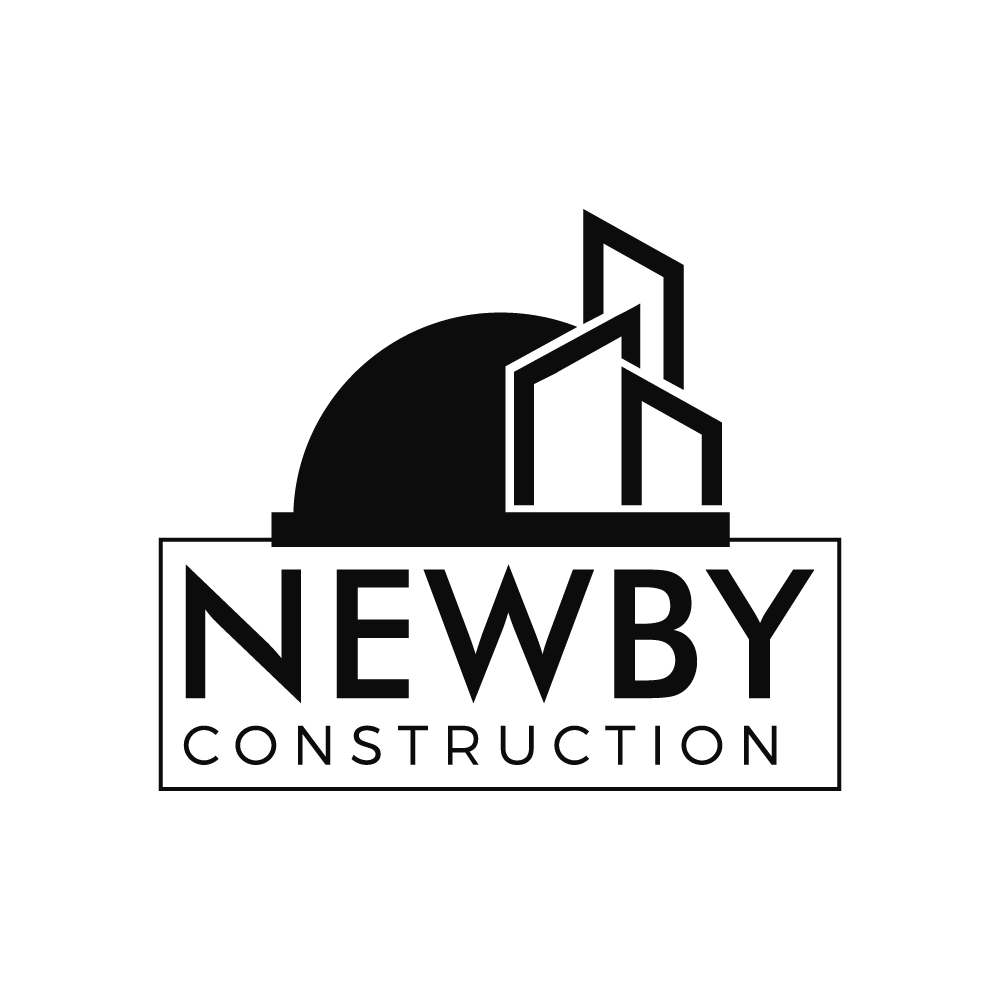
You pictured cooking in your fresh space weeks ago—yet you’re still dodging dust and half‑hung cabinets. If your kitchen remodel feels stuck in slow motion, you’re not alone. The work is complex, involves many hands, and has to meet safety standards. Understanding the real causes behind delays helps set expectations and lowers stress.
The Planning And Permit Maze
The very first bottleneck often happens before any demo: plans, selections, and permits. Thorough planning avoids chaos later, but it takes time to get right. Building departments can move slowly, and if plans need revisions or staffing is thin, permit approvals can add weeks. On your side, late design decisions (appliances, cabinets, fixtures) or mid‑stream changes ripple through ordering and scheduling and can stall a project that was on track.
Supply Chain And Appliance Delays
Even perfect plans can hit real‑world shortages. Custom cabinets, specific countertop slabs, tile, and flooring all have lead times—and those timelines shift. The same goes for appliances, especially popular or high‑end models. One missing piece can hold up multiple trades, which is why pros push early selections and credible backup options.
The Human Element
Your contractor is coordinating a small orchestra—demo, framing, electrical, plumbing, drywall, cabinets, counters, tile, paint. If one section runs over, the rest slide. Good crews are busy, and sub‑trades book out, so one schedule snag can ripple. Just as important is communication: unclear expectations or slow responses can make a long project feel even longer. Consistent, candid updates keep momentum and cut down on preventable delays.
Surprises Behind The Walls
Once the walls open, reality shows up. Common finds include outdated wiring, leaks, mold, improper venting, or structural fixes that weren’t visible at bid time. These must‑do repairs protect your home and safety, but they add steps. Scope creep does, too: changing layouts, moving plumbing, or swapping materials mid‑build requires new orders, new schedules, and sometimes new approvals. Lock the big decisions early to avoid costly pivots.
Inspections And Quality Checks
Inspections are built‑in pauses for safety and code compliance. After rough electrical, plumbing, or framing, an inspector must sign off before work continues. Depending on local workload, that added time is normal—not a red flag. Quality contractors also stop to double‑check layout, level, clearances, and finish before moving forward. That quality control prevents rework and protects the final result.
Setting Realistic Expectations
“How long does a kitchen remodel take?” It depends on size, scope, and customization. Cosmetic refreshes move faster; structural changes, custom cabinets, and special orders stretch longer. What matters most is agreeing on a realistic plan with your contractor, building in a small cushion for the unknowns, and sticking to decisions once work starts. A clear sequence and early selections keep the project from zig‑zagging.
How To Keep Momentum
A few habits make a big difference. Finalize appliances, cabinets, fixtures, and finishes early. Approve drawings in writing. Ask for regular on‑site check‑ins so questions (tile layout, outlet placement, hardware height) get resolved once. Keep a calm, steady feedback loop—fast answers keep crews moving.
Conclusion: Patience With A Plan
Delays rarely mean failure; they usually reflect the reality of a complex kitchen remodel done correctly—permitted, inspected, and built to last. Permits, supply hiccups, hidden issues, schedule juggling, and inspections all add time, but they also protect your investment. With solid planning, early decisions, and steady communication, you’ll trade a little patience now for a kitchen that works beautifully for years. The dust clears, the punch list gets done, and the result is worth the wait.


